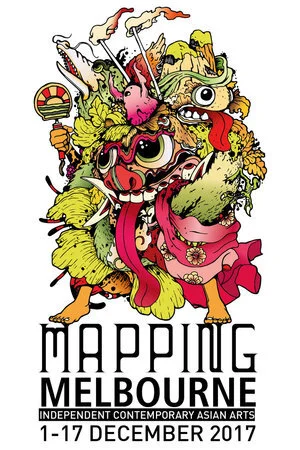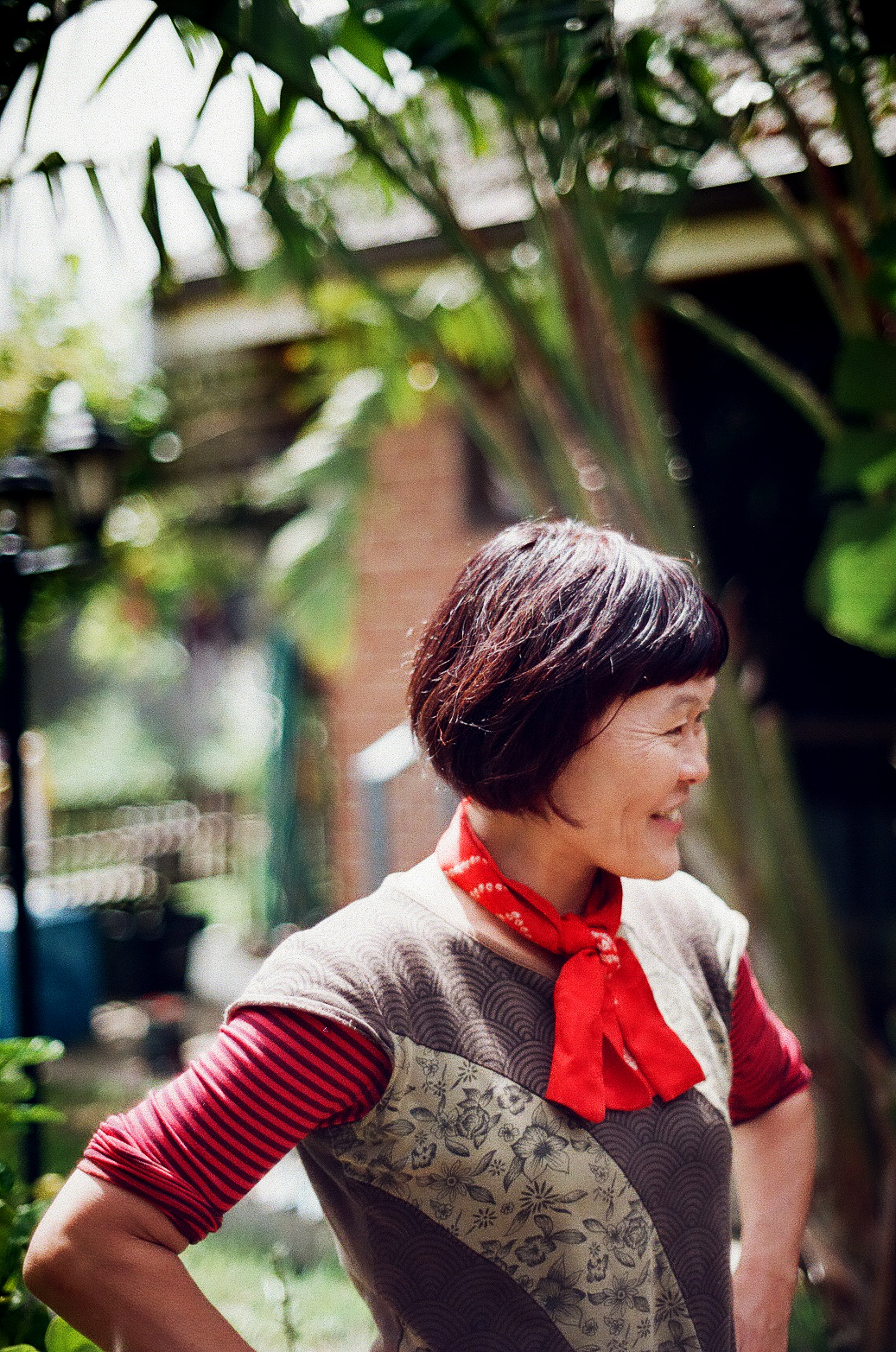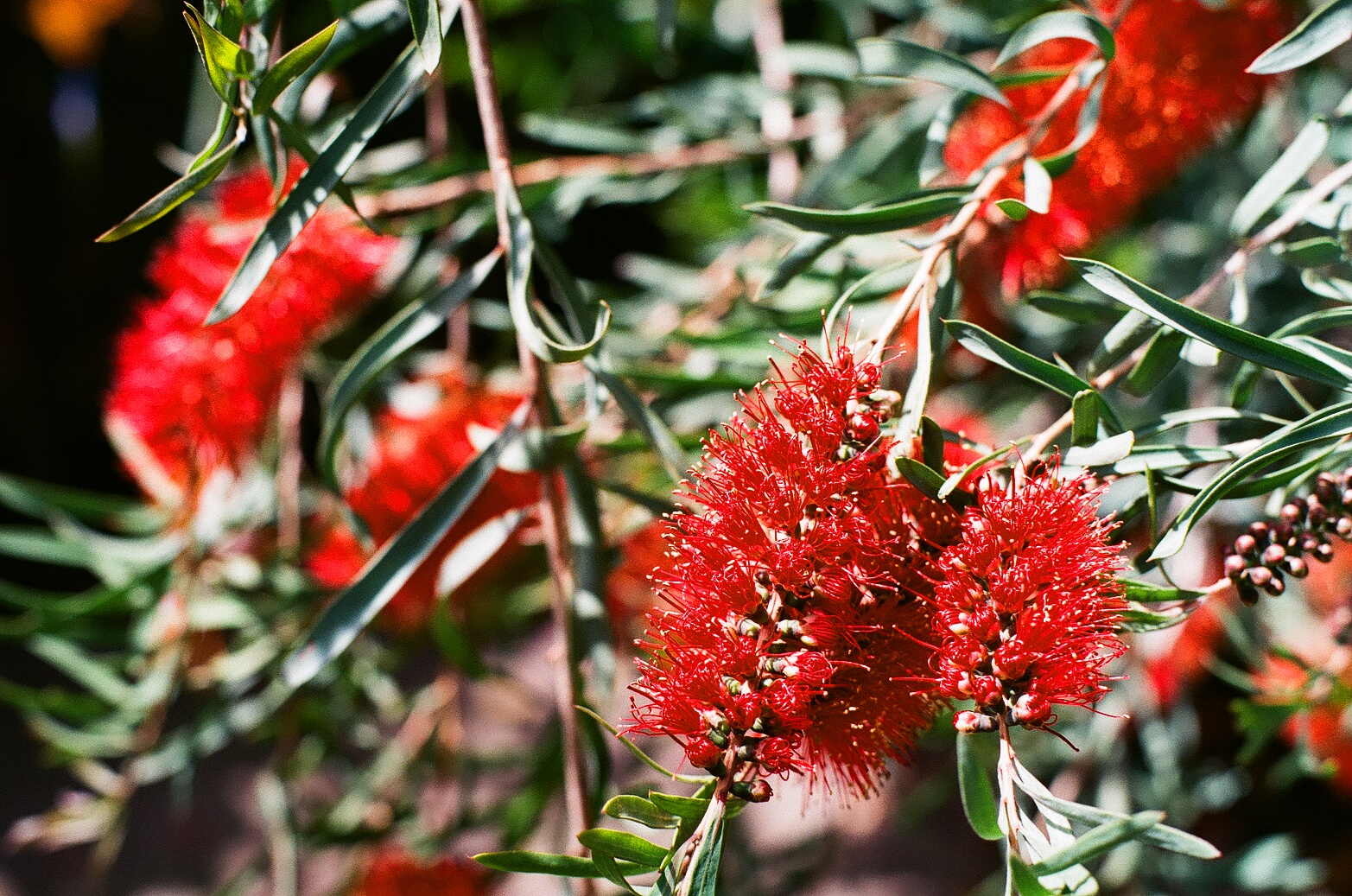Interview #38 — Yumi Umiumare
by Adolfo Aranjuez
Yumi Umiumare is an independent dancer and choreographer, and the creator of the DasSHOKU butoh cabaret works. She is the only Japanese butoh dancer in Australia, and has been creating and teaching her own distinctive style of dance over the last twenty-five years.
Seen in numerous dance, theatre and film festivals and productions throughout Australia, Japan, Europe, New Zealand, South-East Asia and South America, Yumi’s work is renowned for provoking visceral emotions and questioning cultural identities.
Yumi speaks to Adolfo Aranjuez about butoh, authenticity in bodies and activism in dance.
This interview has been created in partnership with Multicultural Arts Victoria, for the Mapping Melbourne festival 2017.
Why do you dance?
I feel dance is an essential human activity—as Pina Bausch said, ‘Dance, dance, otherwise we are lost!’ Indeed.
Could you tell us about butoh as an artform?
Butoh, originally called the 'dance of darkness', was conceived in Japan during the late 1950s and early 1960s. Amid the turmoil after the war, people sought to find a form of expression through dance and movement to convey both a visible and invisible state of living. It goes beyond the confines of specific cultures and aims for a universal expression that touches the soul of humanity.
How did you get started practising butoh?
I did classical ballet when I was little, then started to dance again when I was in university, creating dance performances as a part of my courses. After graduating from uni, I moved to Tokyo, initially working in a corporate company, then encountered several butoh companies through participating in their workshops. I eventually joined DaiRakudakan, one of the oldest butoh companies in Tokyo.
You were born in Hyogo, Japan. When did you move to Australia, and how different are the dance scenes in the two countries?
I first came to Australia with Dairakudakan, which was touring with the Melbourne International Festival of the Arts in 1991. Following that visit, I met many artists – including my partner at the time – and immigrated to Australia in 1993.
Obviously, there are more people living in Japan—the population of Tokyo is almost half the size of the entire population of Australia—so I can mostly describe the difference in quantities rather than in terms of the dance scenes in detail. But I can say there are so many artists who are working in Japan without much funding and financial support, and I have seen several companies in which the same performers have been working together for over twenty years. In contrast, I’ve found that Australian companies are mostly project-based and dependent on funding, so I don’t see much sustainability here. Sometimes, the artistic depth also gets weakened because of that short-term way of working.
You’ve pioneered the artform you refer to as 'butoh cabaret'. Could you tell us about that?
I started the DasSHOKU series, a cross-cultural 'butoh cabaret', in 1999. Dashoku suru is a Japanese term meaning 'to bleach' or 'to strip off colour', and the series explores the notion of bleaching: bleaching away commonly held views of cultural stereotypes and clichés. The works raise questions about both personal and cultural identity, and also about the meaning of 'cross'-culture, as one could be interpreted as 'killing' ('crossing off') the other.
In the 1950s, butoh was relegated to street performers and underground nightclubs in Tokyo—almost like a guerrilla dance movement—and these performances shocked and provoked. I was trying to bring back the energy and rawness of butoh by combining it with the accessibility of cabaret; this combination is so unique and innovative.
One of the philosophies of butoh is that every individual body has its own authenticity; I have been extending my practice and investigation of this distinctive artform by collaborating with the ‘different’ bodies of artists from diverse cultural backgrounds.
Yes, you’re also a prolific choreographer, including working for organisations like Big hART and dancers who are Aboriginal, asylum seekers, sex workers or recovering gamblers! What drives this more political dimension to your work?
I actually don’t focus much on politics in terms of the theory; in a way, my politics are about exploring our diverse bodies, which cannot be categorised into stereotypes. There are so many ‘kinds’ of bodies when I work with diverse communities, and I am always fascinated to explore their cultures, rituals and gestures. We all have authentic qualities in our own distinctive bodies and, in my choreography, I try to ‘dig out’ the individual uniqueness and qualities.
I’ve been lucky enough to get opportunities working in several socially engaged theatre projects as a choreographer, and have learned from the participants, who are mostly non-professional but still able to share their authentic, real stories.
I’ve always felt rewarded when I’ve been involved in some sort of socially engaged work, particularly projects like with the Asylum Seeker Resource Centre and with English as a Second Language (ESL) communities, as I am able to relate these with my own past experiences of migration. I can share their feelings of disorientation, of being kind of misplaced and having to adapt to a new place to live. I’m privileged to have been able to share their personal stories, and to support and empower them in the process of transforming our society.
I’ve also worked with women who are survivors of sex trafficking, and this experience strongly resonates with the context of butoh as the ‘dance of darkness’.
What are you currently working on? And could you tell us about your upcoming performance for Mapping Melbourne?
For the last two years, I have been working on my PopUp Tearoom series, exploring ritual, magic and invisibility through the Japanese tea ceremony. I am also creating a new full-length solo work, TeaBreak, for next year.
In Mapping Melbourne, I am ‘serving’ Con-TemporariTEA through several contemporary rituals and performances.
Can you tell us more about the ritual of making tea?
Even though I have learned the traditional Japanese tea ceremony comprehensively for all of two and half years, there are still many more rituals and procedures to learn in this unchanged, 450-year old choreography. The learning process has indeed been an eye-opening experience of capturing this precise, minimal and efficient choreography. Even though I used to think that the tea ceremony was a little uninteresting when I was young, the more I learn, the more I am fascinated to explore the methodology of simple, efficient and beautiful movements.
Do you conduct Japanese Tea Ceremonies in Australia as a means to bridge a gap between the two cultures?
Because my tea teacher, Adam Sōmu Wojciński is Australian, I have been lucky enough to learn the classic Japanese tea ceremony both in Australia and Japan. I have enriched my inter-cultural understanding between two countries and deepened the hybrid nature of my artistic practice. Also through the many artistic discourses and unique interactions with artists from diverse disciplines and cultures I have had, e.g. dancer, choreographer, theatre-maker, visual artists, musicians, tea specialist, ikebana artist, I have been able to refresh and stimulate my diverse creative practices.
Do you have any advice for emerging dancers?
Move your body freely! Go to nature to learn movements from plants, the wind, rivers or sunshine! The forms emerges without them trying! Also, Do not keep watching YouTube!
Who are you inspired by?
The closest person to me—my mother—as well as many artists, including Rikyū, Pina Bausch and Robert Lepage, plus the work I’ve seen recently at the Melbourne Festival by Taylor Mac.
What are you currently listening to?
I love silence, which sometimes is hard to create.
What are you currently reading?
I just got a Japanese epic comic called “Hyougemono” about a tea-ceremony master, Oribe Furuta, who was quite artistic and radical.
How do you practise self-care?
Swimming three to four times a week, and going for a walk around the river as much as I can every morning.
What does being Asian-Australian mean to you?
I feel that the term is too broad, covering countries/cultures throughout all of Asia, white Australia, Indigenous Australia and more. I can be specifically called ‘Japanese-Australian’ but, personally, as a matter of fact, I am happy to be called a ‘person living in Australia, originally from Japan’.









